Anger: The Seven Deadly Sins
Robert A. F. Thurman
Heated words, cool malice, deadly feuds, the furious rush of adrenaline-anger is clearly the most destructive of the seven deadly sins. It can ruin families, wreck one's health, destroy peace of mind and, at its worst, lead to murder, genocide, and war. In Anger, Robert A. F. Thurman, best-selling author and one of America's leading authorities on Buddhism and Eastern philosophy, offers an illuminating look at this deadliest of sins. In the West, Thurman points out, anger is seen as an inevitable part of life, an evil to be borne, not overcome. There is the tradition of the wrathful God, of Jesus driving the money-changers from the temple. If God can be angry, how can men rid themselves of this destructive emotion? Thurman shows that Eastern philosophy sees anger differently. Certainly, it is a dreadful evil, one of the "three poisons" that underlie all human suffering. But Buddhism teaches that anger can be overcome. Indeed, the defeat of anger is not only possible, but also the only thing worth doing in a lifetime. Thurman shows how to recognize the destructiveness of anger and understand its workings, and how we can go from being a slave to anger to becoming "a knight of patience." We discover finally that when this deadliest emotion is transmuted by wisdom, it can become the most powerful force in freeing us from human suffering. Drawing on the time-tested wisdom of Buddhism, Robert A. F. Thurman ranges from the individual struggle with anger to global crises spurred by dogmatic ideologies, religious fanaticism, and racial prejudice. He offers a path of calm understanding in a time of terrorism and war.
0195169751
Greed: The Seven Deadly Sins (Tickle, Phyllis)
Phyllis A. Tickle
Grasping. Avarice. Covetousness. Miserliness. Insatiable cupidity. Overreaching ambition. Desire spun out of control. The deadly sin of Greed goes by many names, appears in many guises, and wreaks havoc on individuals and nations alike. In this lively and generous book, Phyllis A. Tickle argues that Greed is "the Matriarch of the Deadly Clan," the ultimate source of Pride, Envy, Sloth, Gluttony, Lust, and Anger. She shows that the major faiths, from Hinduism and Taoism to Buddhism and Christianity regard Greed as the greatest calamity humans can indulge in, engendering further sins and eviscerating all virtues. As the Sikh holy book Adi Granth asks: "Where there is greed, what love can there be?" Tickle takes a long view of Greed, from St. Paul to the present, focusing particularly on changing imaginative representations of Greed in Western literature and art. Looking at such works as the Psychomachia, or "Soul Battle" of the fifth-century poet Aurelius Clemens Prudentius, the paintings of Peter Bruegel and Hieronymous Bosch, the 1987 film Wall Street, and the contemporary Italian artist Mario Donizetti, Tickle shows how our perceptions have evolved from the medieval understanding of Greed as a spiritual enemy to a nineteenth-century sociological construct to an early twentieth-century psychological deficiency, and finally to a new view, powerfully articulated in Donizetti's mystical paintings, of Greed as both tragic and beautiful. Engaging, witty, brilliantly insightful, Greed explores the full range of this deadly sin's subtle, chameleon-like qualities, and the enormous destructive power it wields, evidenced all too clearly in the world today.
0195156609
|
The Children of Hurin
J.R.R. Tolkien
The first complete book by J.R.R. Tolkien in three decades—since the publication of The Silmarillionin 1977—The Children of Húrinreunites fans of The Hobbitand The Lord of the Ringswith Elves and Men, dragons and Dwarves, Eagles and Orcs. Presented for the first time as a complete, standalone story, this stirring narrative will appeal to casual fans and expert readers alike, returning them to the rich landscape and characters unique to Tolkien.
Adam Tolkien on The Children of Húrin
How did a lifetime of stories become The Children of Húrin? In an essay on the making of the book, Adam Tolkien, grandson of J.R.R. Tolkien (and French translator of his History of Middle-earth), explains that the Húrin legends made up the third "Great Tale" of his grandfather's Middle-earth writing, and he describes how his father, Christopher Tolkien, painstakingly collected the pieces of the legend into a complete story told only in the words of J.R.R. Tolkien. "For anyone who has read The Hobbitand The Lord of the Rings," he writes, The Children of Húrin"allows them to take a step back into a larger world, an ancient land of heroes and vagabonds, honour and jeopardy, hope and tragedy."
A Look Inside the Book
This first edition of The Children of Húrinis illustrated by Alan Lee, who was already well-known for his Tolkien illustrations in previous editions (see our Tolkien Store for more) as well as his classic collaboration with Brian Froud, Faeries, and his Kate Greenaway Medal-winning Black Ships Before Troy, before his Oscar-winning work as conceptual designer for Peter Jackson's Lord of the Ringsfilm trilogy brought him even greater acclaim. Here's a quick glimpse of two of Lee's interior illustrations for The Children of Húrin. (Click on each to see larger images.)
Questions for Alan Lee
We had the chance to ask Alan Lee a few questions about his illustrative collaboration with the world imagined by J.R.R. Tolkien:
Amazon.com:How much of a treat was it to get first crack at depicting entirely new characters rather than ones who had been interpreted many times before? Was there one who particularly captured your imagination?
Lee:Although it was a great honor to illustrate The Children of Húrin, the characters and the main elements of the story line are familiar to those who have read The Silmarillionand Unfinished Tales, and these narratives have inspired quite a few illustrators. Ted Nasmith has illustrated The Silmarillionand touched on some of the same characters and landscapes. This was the first time that I ventured into the First Age; while working on The Lord of the Ringsbooks and films—and The Hobbit—I—I've had to refer back to events in Middle-earth history but not really depict them.
I'm drawn to characters who bear similarities to the protagonists in myths and legends; these correspondences add layers and shades of meaning, and most of the characters in this story have those archetypal qualities. However, I prefer not to get too close to the characters because the author is delineating them much more carefully than I can, and I'm wary of interfering with the pictures that the text is creating in the reader's mind.
Amazon.com:The Húrin story has been described as darker than some of Tolkien's other work. What mood did you try to set with your illustrations?
Lee:It is a tragic story, but the darkness is offset by the light and beauty of Tolkien's elegiac writing. In the illustrations I tried to show some of the fragile beauty of the landscapes and create an atmosphere that would enhance the sense of foreboding and impending loss. I try to get the setting to tell its part in the story, as evidence of what happened there in the past and as a hint at what is going to occur. My usual scarred and broken trees came in handy.
Amazon.com:You were a conceptual designer (and won an Oscar) for Peter Jackson's film trilogy of The Lord of the Rings, which I think we can safely say had a bit of success. How does designing for the screen compare to designing for the page?
Lee:They both have their share of joys and frustrations. It was great to be part of a huge film collaboration and play a small part in something quite magical and monumental; I will always treasure that experience. Film is attractive because I enjoy sketching and coming up with ideas more than producing highly finished artwork, and it's great having several hundred other people lending a hand! But books—as long as they don't get moldy from being left in an empty studio for six years—have their own special quality. I hope that I can continue doing both.
Amazon.com:Of all fiction genres, fantasy seems to have the strongest tradition of illustration. Why do you think that is? Who are some of your favorite illustrators?
Lee:A lot of excellent illustrators are working at the moment—especially in fantasy and children's books. It is exciting also to see graphic artists such as Dave McKean, in his film Mirrormask, moving between different media. I also greatly admire the more traditional work of Gennady Spirin and Roberto Innocenti. Kinuko Craft, John Jude Palencar, John Howe, Charles Vess, Brian Froud ... I'll stop there, as the list would get too long. But—in a fit of pride and justified nepotism—I—I'll add my daughter, Virginia Lee, to the list. Her first illustrated children's book, The Frog Bride[coming out in the U.K. in September], will be lovely.
More Tolkien Favorites
Visit our J.R.R. Tolkien Store for a complete selection of Tolkien classics, including deluxe editions, young readers' editions, and more.
The Lord of the Rings
50th Anniversary Edition
The Hobbit
Collector's Edition
The Atlas of Middle Earth
0618894640
Robin Williams Design Workshop
Robin Williams John Tollett
If you just stumbled into design, maybe via a hobby that grew into a career, and you want to improve your work without having to enroll in a degree program, this book can bridge some of the gaps in your acumen. Not really a primer on basic facts, Design Workshopis more like a guide to style.
The first chapter quizzes readers on mostly technical, basic details of design (like dpi), all of which can be found in Williams's previous publications (for example, The Non-Designer's Design Book). Readers will be dismayed, possibly annoyed, that the quiz answers are not provided. Even if not knowing the answers means that you need remedial help, it feels like a bit of a tease.
The next chapters show how to use stock images, or your own images, to increase the visual impact of your piece (basically through an increase in contrast). The best part of this section, and the book as a whole, is the "before-and-after" approach in the examples; they're like a series of makeovers. The captions effectively describe what was changed in the image, and how it improved the design.
The book applies a similar set of makeovers to various types of design projects: logos, forms, newsletters, tables of contents, etc. In the final section, seven designers, including coauthor Tollett, break down the process that they went through on a job of their own.
Self-taught graphic designers probably would make the best audience for this book, but designers who are of their own "school of thought" might find fault with some of the tenets that are put forth. Graphic design by nature is a subjective enterprise—at the mercy of "styles." What you get in this book is more of a "desktop-publisher style" (many of the drawings are clip art, for example). There's a lack of sophistication in the design of the book, as well as in the illustrations of posters, letterheads, advertisements, and other applications that are used as examples. On the other hand, this same open, naive look gives the book an inviting appeal, and makes it perhaps a bit less daunting than style guides, such as Robert Bringhurst's The Elements of Typographic Style, that are intended for die-hard professionals. —Angelynn Grant
Topics covered:
Style advice for design projects, including:
• Logos
• Business cards and letterhead
• Invoices and forms
• Advertising
• Billboards
• Web sites
• Tables of contents and indices
• Newsletters and brochures
• Flyers
0201700883
|
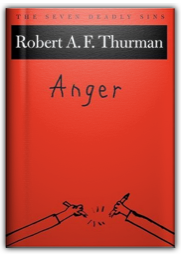
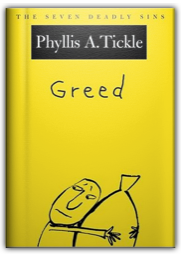
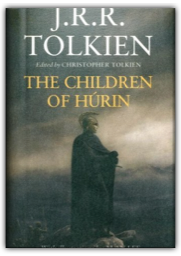
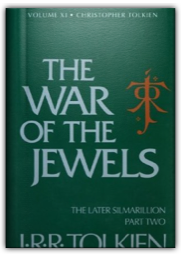
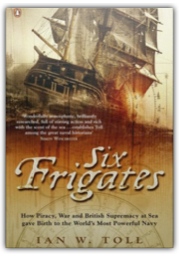
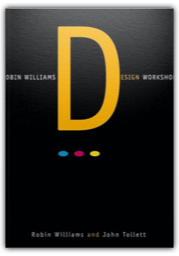


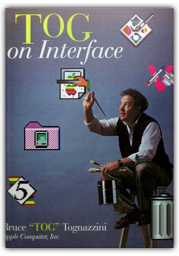
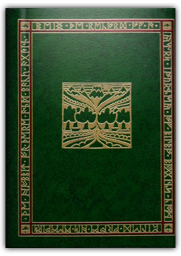
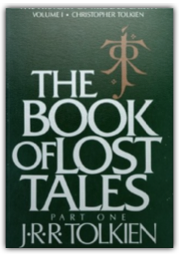
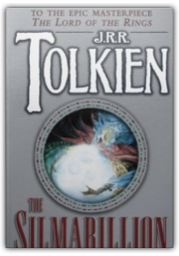
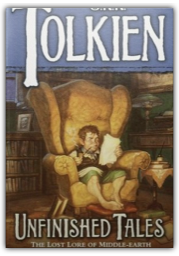
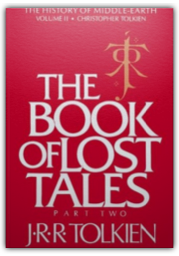
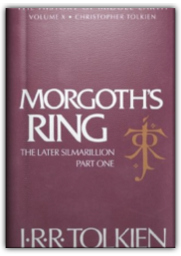
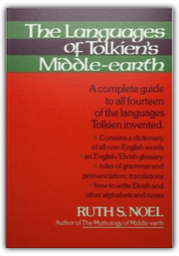
 Made with Delicious Library
Made with Delicious Library